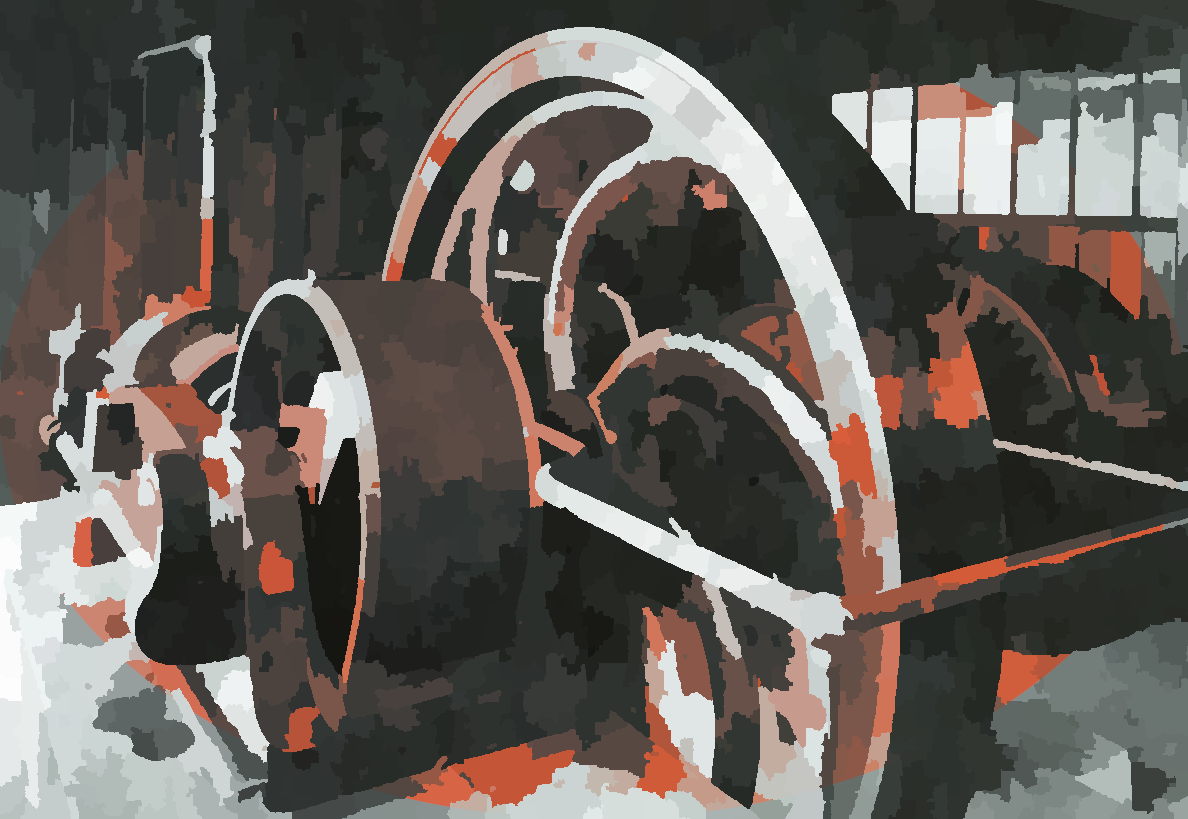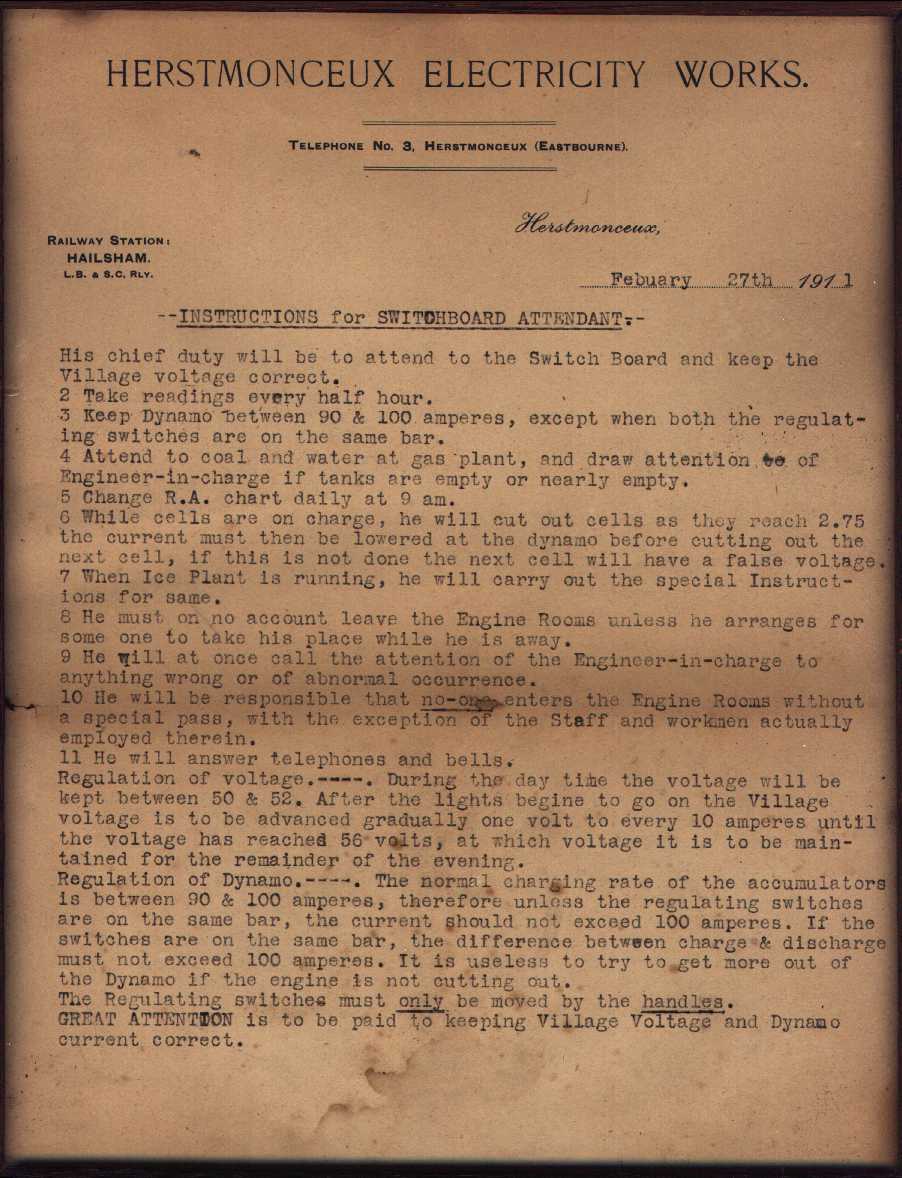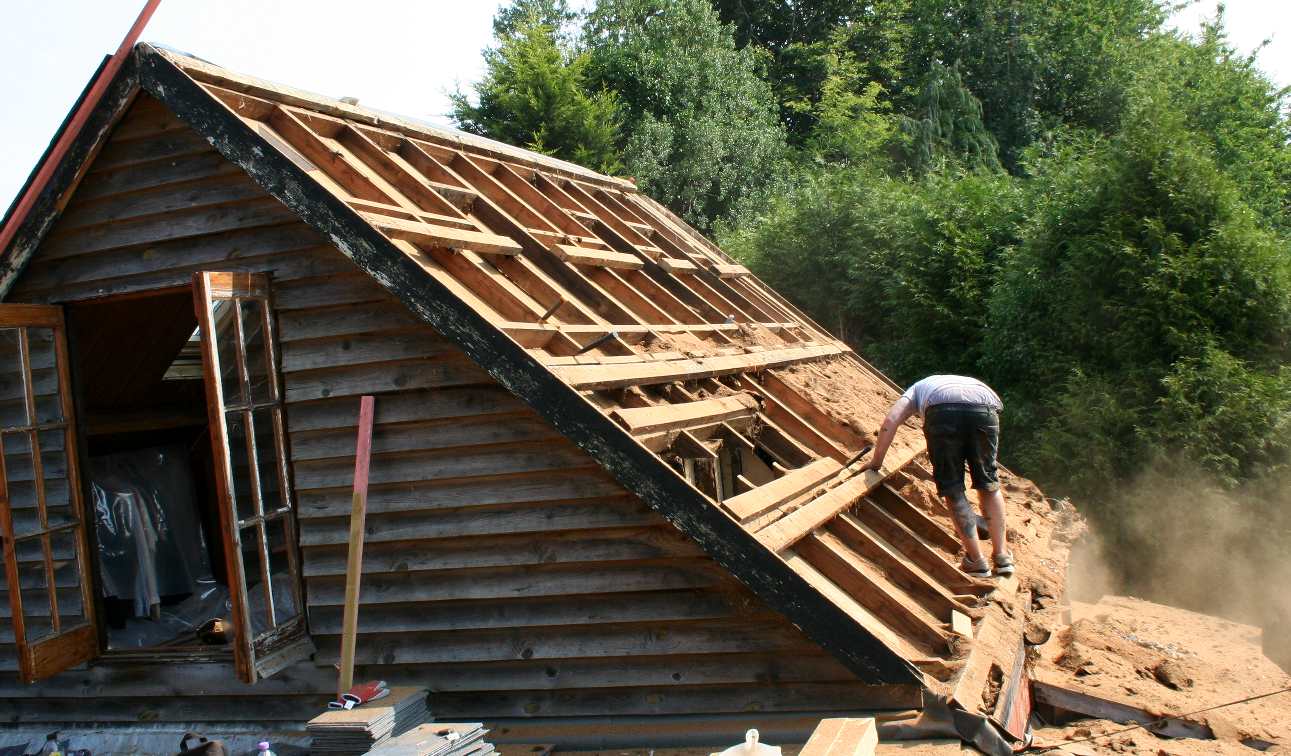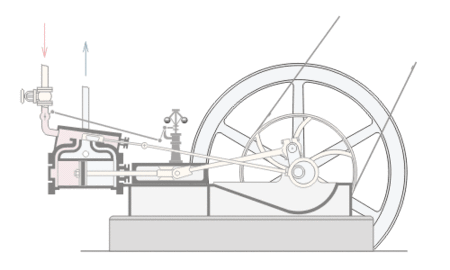|
WORLD HERITAGE SITES |
UNESCO |
|
|
EXHIBITS FRIENDS HERITAGE HOME LIME PARK OPEN DAYS PARKING TECHNOLOGY UNESCO |
||
|
As we transition from fossil fuels to solar and wind power, the generating utilities and National Grid operators in the UK and the world over, have realised that bulk energy storage in batteries, is a good way to stabilize the grid. This is called load-levelling. Charles de Roemer and his electrical engineering friends, John Hopkinson, Joseph Swann (British light bulb inventor), and Thomas Edison (US light bulb inventor), realised this was the solution Herstmonceux village was looking for, as energy was supplied via underground cables to power village street lighting at around 50 volts DC, a commercial bakery, and even electric ovens in houses. All of this taking place before 1913.
Their solution is the same, as for the intermittent nature of solar and wind energy; a large battery store, with sufficient capacity to power the local supply grid, until the generator could be re-engaged, to once again charge the batteries.
In many ways, this was more advanced than the present systems installed in November 2022, at Pillsford in East Yorkshire, with the latest in July 2023, by Carlton Power, received planning permission for Manchester’s, Trafford, Low Carbon Energy Park. The world’s largest battery energy storage system (BESS), boasting an estimated 1GW (1040MW / 2080MWh) capacity.
Even so, the National Grid, would not have the same capacity, pro-rata, as that at Herstmonceux in 1911. Where the whole supply network could operate off battery stored energy.
These instruction from February of 1911, reveal a great deal about the technology on site. They are one of the priceless exhibits on display, alongside other innovative firsts that took place in this largely overlooked Sussex backwater. Whereas the Convention is clear about the duty of all parties, once a find is discovered and reported. As per Articles 3, 4 and 5.
Incredibly, the long forgotten Generating works in Lime Park, seems to be the earliest known, and only surviving example of this technology, anywhere in the world.
Most fortunately, the buildings were discovered by a conservationist, and prevented from imminent collapse in 1981. It was serendipitous that the local explorer (amateur archaeologist) was also an able engineer, and crucially, a part-time builder, thus able to render immediate first aid to the dangerously leaning buildings. With a beginning to the restoration project that, providentially, we believe it is extremely important, that this small industrial complex is not allowed to relapse into decay for lack of support. This heritage asset should be protected from future collapse, by giving it the recognition it deserves to enable forward conservation.
From 2016, the forerunner of the Cleaner Ocean Foundation found a temporary use for the workshops, to 2017, to contribute to much needed roof repairs. But, in 2023, there is no recognised use to benefit the premises. Other than the proposed opening of the buildings to the public, in 2024. And that is for only for a maximum of 28 days a year. Unfortunately, all loss making.
The Trust who own and administer for the building, have worked out a staged plan, to be realistically phased in over a number of years, that will see the, at present, exhibits, moved and re-housed, to allow for the internal alterations, to restore the generating complex to the condition it was in 1936, prior to ceasing the production and storage or electrical energy.
It is hoped that this plan, or a derivation thereof, will eventually allow Herstmonceux Museum to be put forward to UNESCO for listing, tentatively, in the usual way, as a World Heritage Site, in accordance with the obligations and duties imposed by the World Heritage Convention of 1972.
Subject to further (international) investigations, the buildings appear to be the missing link in the transition from coal to renewables, valuable evidence of the evolution of mankind. As the last example of this technology the world over.
The Trust that operates the premises, aver that the site should one day be a UNESCO World Heritage Site; seeking tentative listing from July of 2023. The process of which is quite complex and may take many years, as we understand it, from reading of the website of the UK's arm of UNESCO, who deal with 165 designations in the UK, Crown Dependencies and Overseas Territories:
UNESCO United Kingdom Commission 3 Whitehall Ct
According to the official Government website, in the UK, in 2022, seven 'tentative' listings were announced:
"The Government has revealed the seven places it is backing to win UNESCO World Heritage Status, via the Department for Culture, Media and Sport (DCMS), published 10 April 2023."
These were a mix of 'Cultural' and 'Natural' sites. Let us know what you think of the proposal that the Generating Complex at Herstmonceux might be included in in lists from 2026 - 2030, or if you might be able to help us in this quest, by contacting:
Briggette Dusart: growth@blue-growth.org or Lloyd Stebbings: museum@herstmonceuxsussex.com
Presumably, Herstmonceux Generating Works would come under the heading 'Technology.' The Trust share the same ideals, aims and objectives as those defined by the World Heritage International Convention 16th November 1972.
SOME FAMOUS EXAMPLES:
ACROPOLIS -
Athens, Anceint Greeks, Parthenon, Temple of Athena Nike
|
||
|
|
||
|
EXHIBITS FRIENDS HERITAGE HOME LIME PARK OPEN DAYS PARKING TECHNOLOGY UNESCO
Copyright © 2023 Lime Park Heritage Trust. A not for profit organisation with charitable objects.
|
||






